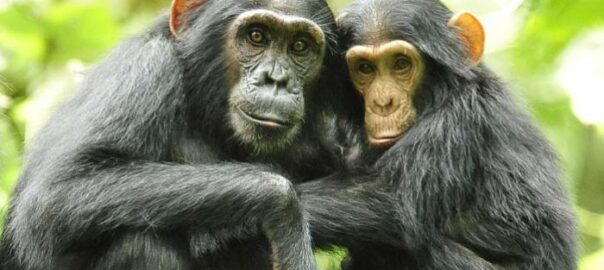
Our Nearest Relatives: Bonobos and Chimpanzees
What we share with our nearest surviving relatives, the male-centered chimpanzee and the female-centered, erotic, and peaceable bonobo. How that understanding helps shape who we are vs. who we think we are.

Bonobos and Chimpanzees
About five and a half million years ago the human line of descent split from the ancestor we share with chimps and the lesser known bonobos. 98.7% of our DNA is exactly the same as theirs, including some very basic traits often attributed only to humans. Are we more like the aggressive chimp or the peaceful bonobo?
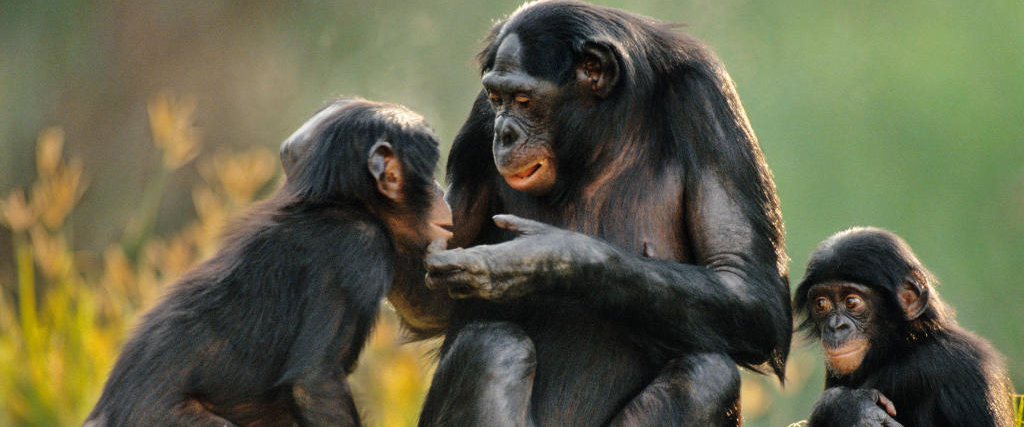
Human Traits in Our Nearest Relatives
All animals adapt, develop and diversify over time to ensure their species’ survival, so it’s not surprising that we share characteristics with our nearest relatives. Some of these are less well known, and quite surprising.
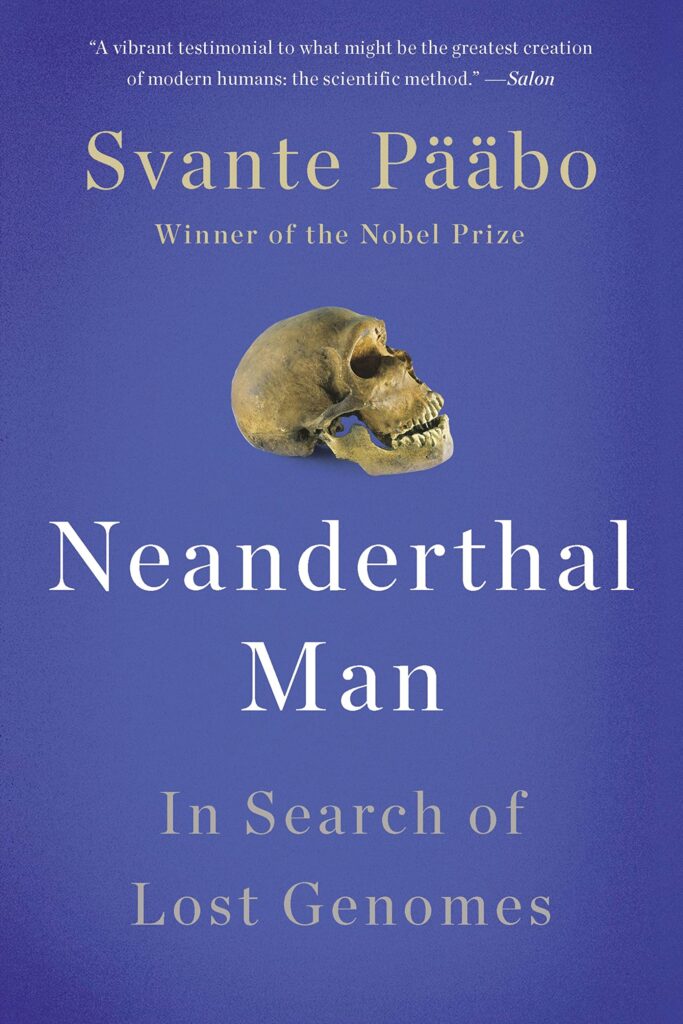
Neanderthal Man
In Search of Lost Genomes
by Svante Pääbo
Reviewed by George Kasabov
Neanderthals, our nearest cousin species, finally died out soon after 40,000 years ago. How are we related to them?

The Age of Empathy and The Bonobo and the Atheist
Frans de Waal
Both reciprocity and empathy – the two pillars upon which morality is built – are found in bonobos, apes and other social animals. But only humans are able to “abstract” the value and extend the behavioral constraints of “one-on-one” morality to the larger society, including strangers.
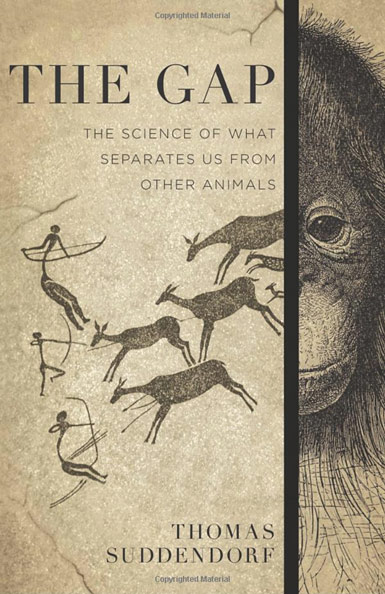
The Gap
The Science of What Separates Us from Other Animals
Thomas Suddendorf
A leading research psychologist concludes that our abilities surpass those of animals because our minds evolved two overarching qualities.
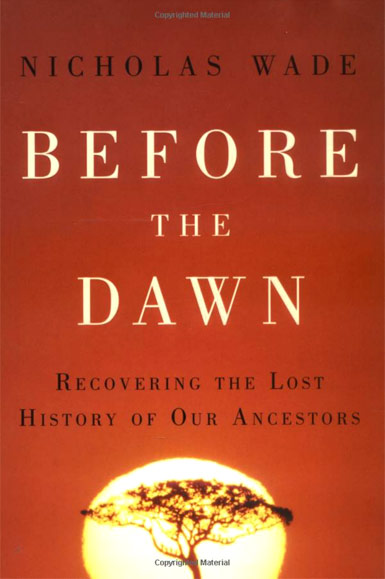
Before the Dawn
Recovering the Lost History of Our Ancestors
Nicholas Wade
New York Times science writer explores humanity’s origins as revealed by the latest genetic science.
In the series: Discovering Our Distant Ancestors
- Genetics and Human Evolution
- Our Hominid Predecessors
- She Has Her Mother’s Laugh
- Neanderthal Man – In Search of Lost Genomes
- The Evolution of Human Morality: The Age of Empathy and The Bonobo and the Atheist
- The Gap: The Science of What Separates Us from Other Animals
- Before the Dawn: New details of human evolution revealed
Further Reading
External Stories and Videos

Active self-treatment of a facial wound with a biologically active plant by a male Sumatran orangutan
www.nature.com
Although self-medication in non-human animals is often difficult to document systematically due to the difficulty of predicting its occurrence, there is widespread evidence of such behaviors.
